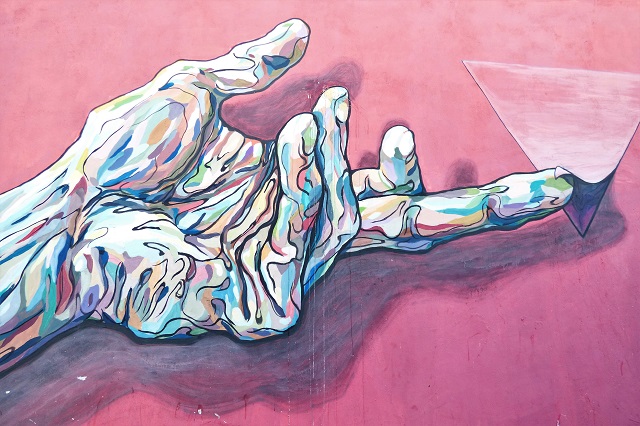There is mounting scientific evidence supporting the idea that art improves and enhances both brain function and well-being. Both viewing and making art could make you healthier both mentally and physically, this article will explore some of the different ways in which art can improve your health and enhance cognitive function.
Creating art relieves stress
Creating art is a therapeutic process that serves as a valuable distraction from any everyday worries or stresses. If you become really immersed in your practice you can achieve a state of flow which positively focuses your mind, it is possible to become absorbed in this zen-like state for many hours which will reduce stress levels, clear your mind and leave you feeling calm.
This is true for any creative endeavor whether it be painting, focusing on a drawing, sculpture, creating music, or writing a screenplay. In this sense, making art acts like a meditation, it trains you over time to concentrate better and become more mindful in the present moment by tuning into the finer detail.

Image: UnSplash
Brain-boosting effects
Trying something new like watercolor, drawing or learning an instrument will enhance your brain as it will encourage the growth of new connections, as well as stimulate more communication between different parts. This is known in scientific terms as ‘neuroplasticity’ which refers to the brain’s ability to constantly learn new things, grow new connections and adapt over time.
Intelligence, creativity and high-level cognitive functioning is thought to rely in part on the amount of neural connections in the brain and the level of communication between the different parts. This is one of the reasons why art or any creative endeavour can help boost cognitive functioning.
Studies show that making music can improve brain synchronicity, increasing the connectivity between the two hemispheres of the brain, this can have the added effect of helping improve problem-solving abilities and even lead to the development of superior multisensory skills.
Art therapy
The healing powers of art are well known and documented, the following quote from the Wellarts Association sums up the importance and utility of the arts in health care: “The arts are a critical component of healthcare. Expressive art is a tool to explore, develop and practice creativity as a means to wellness.”
Painting, drawing or molding objects out of clay has been proven scientifically to help people deal with past trauma or abuse, this is because of the power of art to help people express thoughts, feelings and emotions that they might struggle to put into words. Art provides us with a means to communicate ideas and emotions that can’t be pinned down or conceptualized in everyday language, offering us a further means to self-expression.
Art and healthcare
Art therapy is used to help ease the burden for people with a range of serious health conditions. It can also greatly improve the quality of life in dementia patients. This is down to arts ability to enhance cognitive function as well as aid memory. One study carried out on art in dementia patients showed a 70% success rate in improving the patient’s memory, which is pretty remarkable.
Creating art also had the effect of decreasing feelings of anxiety and depression which can be quite common in people with dementia. The benefits of art, therefore, in improving quality of life and boosting cognitive function in both healthcare and beyond, cannot be underestimated.

